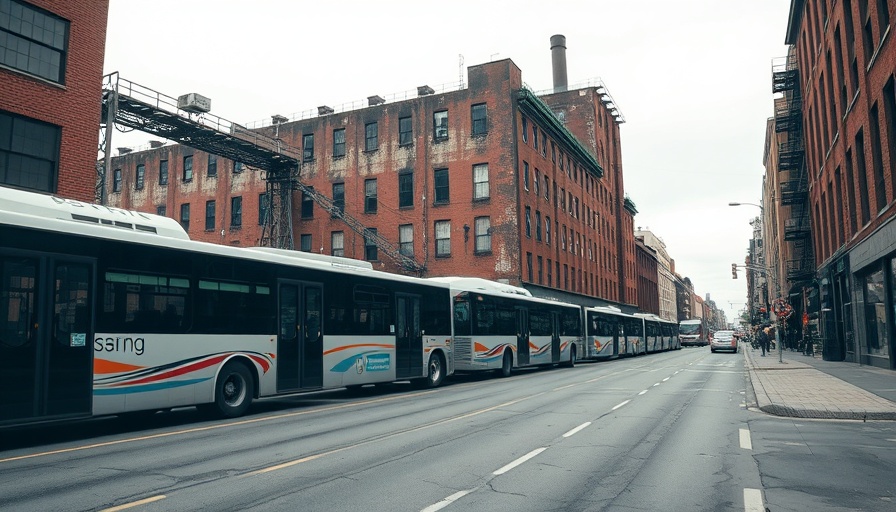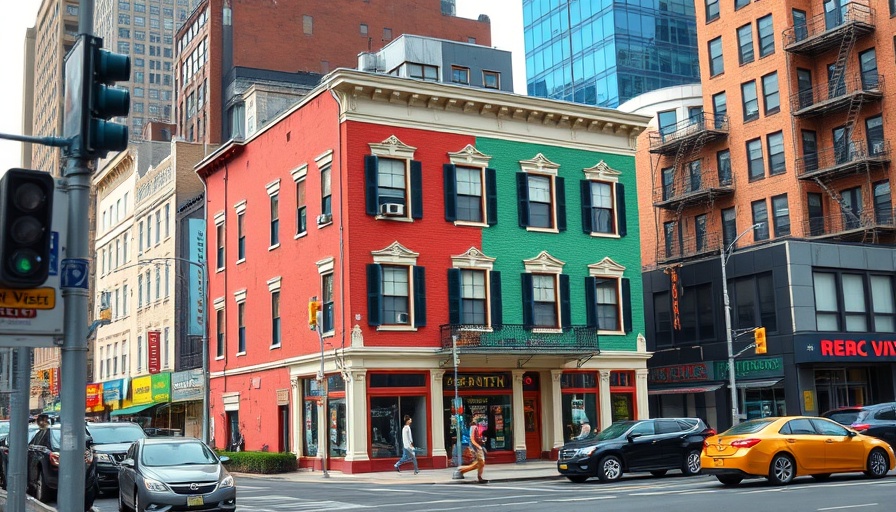
Unearthing Harlem's Hidden History
East Harlem may not seem like a place steeped in colonial history, with its busy roads and modern bus depot. Yet, beneath the surface lies a significant piece of New York’s history: a colonial-era burial ground for free and enslaved Africans. This burial site, established over 350 years ago, offers a poignant link to the city’s past during its Dutch colonial period, highlighting the often-overlooked contributions of Black New Yorkers.
A Glimpse into the Past
The burial ground's origins trace back to 1658 when Peter Stuyvesant, the director-general of New Netherland, ordered enslaved Africans to construct a vital road connecting Lower Manhattan to what was then a nascent Harlem. By 1665, the community had developed enough to warrant a church and a designated burial ground for its African residents. This arrangement underscored the stark reality of segregation within early New York. While the cemetery served both free and enslaved individuals, it epitomized the rigid class divisions of the time.
From Incinerations to Urban Development
In the mid-1800s, as urbanization surged, the land housing the burial ground was sold and developed. By the early 20th century, it had transitioned from burial site to amusement park, known as Sulzer’s Harlem Casino, which offered entertainment to the working class of the era. Subsequent changes included relocation of remains to Woodlawn Cemetery for white residents, though many African American graves remained undisturbed beneath layers of concrete and asphalt.
Rediscovering An Important Legacy
For decades, the burial ground was forgotten until archaeological efforts and civic advocacy in the early 2000s resurrected its memory. More than 140 bones and fragments unearthed during excavations at the MTA bus depot signify a crucial need for historical education and commemoration. This discovery reignited discussions about preserving the site and properly memorializing the lives of those interred there, expanding on previous albeit frail notions of history.
Vision for the Future
The Harlem Burial Ground Task Force actively explores options for memorializing this site, envisioning a future where it could serve as an educational and cultural nexus for East Harlem. Their proposals include transforming the bus depot into a memorial park that honors African contributions while fostering community connections. Recent advocacy has gained traction, signaling a critical momentum toward restoring dignity to these forgotten ancestors and their stories.
Conclusion: A Call for Collective Awareness
As urban spaces evolve, it becomes increasingly vital to acknowledge and remember those who laid foundations long before their stories were lost to time. The effort to transform Harlem's burial ground into a memorial is more than an act of preservation; it is about recognizing the cultural heritage that has shaped New York City. Let us contribute to honoring these hidden histories, ensuring that they are never forgotten.
 Add Row
Add Row  Add Element
Add Element 



 Add Row
Add Row  Add
Add 
Write A Comment